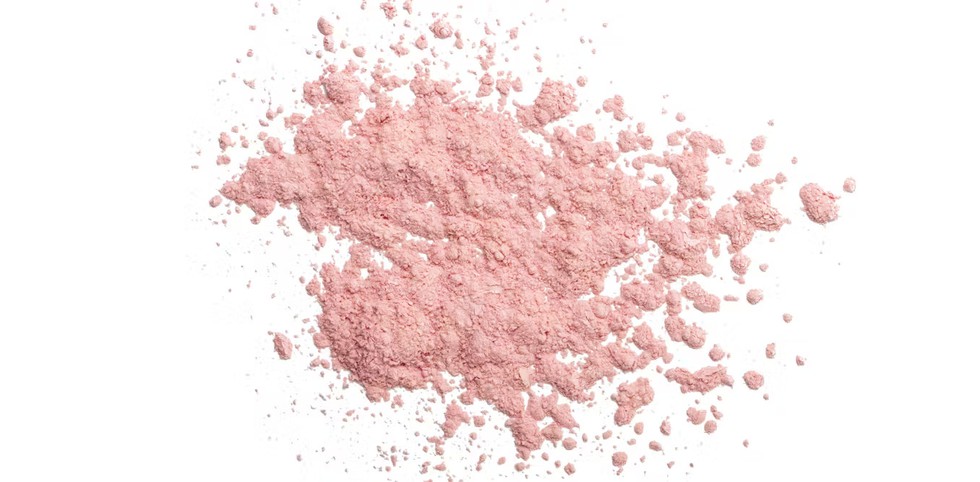
About Pink Cocaine:
- The pink cocaine generally does not contain any cocaine.
- Composition: Common ingredients found in pink cocaine include methamphetamine, ketamine (a dissociative anaesthetic known for its hallucinogenic effects), MDMA (ecstasy), benzodiazepines, crack, and caffeine.
- It gets its pink hue from food colouring typically including at least one stimulant and one depressant.
- This drug cocktail is also known by street names such as tusi, tuci, cocaina rosada, tucibi, pink powder etc.
- Health effects: It can cause hallucinations and can impact breathing and heart attacks, high blood pressure, a heightened risk of stroke, behavioural changes, addiction, anxiety, depression, and even psychosis.
- It contains unpredictable contents that pose significant risks to users, and experts warn that some batches may be contaminated with fentanyl, a potent opioid fueling the surge in overdose deaths.
2. Exercise SIMBEX
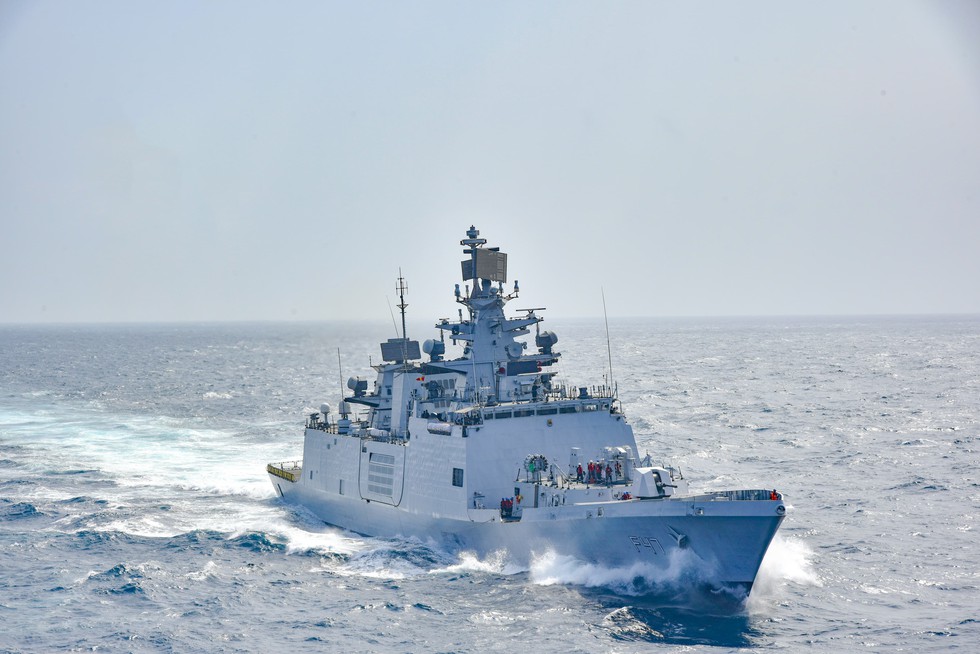
About Exercise SIMBEX:
- It is an annual bilateral Naval exercisebetween the Indian Navy and the Republic of Singapore Navy (RSN).
- It has been conducted since 1994.
- SIMBEX, which began as 'Exercise Lion King' in 1994, has since evolved into one of the most significant bilateral maritime collaborations between the Indian Navy and the Republic of Singapore Navy (RSN).
- It holds the distinction of being the longest continuous naval exercisethat the Indian Navy has conducted with any other country.
- The exercise will be conducted in two phases: the Harbour Phase at Visakhapatnam and the Sea Phase in the Bay of Bengal.
- This year's edition aims to further strengthen the strategic partnership between India and Singapore by enhancing interoperability, improving maritime domain awareness, and fostering cooperation to address common maritime challenges.
- The Harbour Phase will include Subject Matter Expert Exchanges (SMEEs), cross-deck visits, sports fixtures, and pre-sail briefings between personnel from both navies.
- The Sea Phase will witness advanced naval drills, including live weapon firings, anti- submarine warfare (ASW) training, anti-surface and anti-air operations, seamanship evolutions, and tactical manoeuvres.
3. International Association of Ports and Harbours
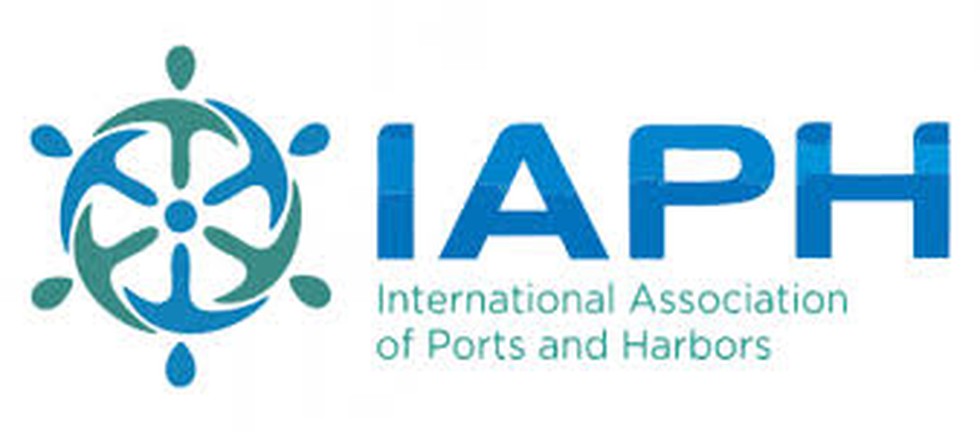
About International Association of Ports and Harbours:
- It is a non-governmental organization (NGO) established in November 1955.
- It has been developed into a global alliance of ports, representing today some 185 ports and 160 port-related businesses in 88 countries as of 31 August 2024.
- The member ports together handle well over 60% of the world’s sea-borne trade and over 60% of the world's container traffic.
- It aims to be the global trade association of choice for port authorities and operators, representing their interests at regulatory level at the International Maritime Organization, the World Customs Organization, the International Standards Organization and other global alliances.
- Headquarter: Tokyo, Japan.
Initiative of Mormugao Port Authority
- The port's incentive program, ‘Harit Shrey,’ launched in October 2023, offers discounts on port charges based on Environment Ship Index (ESI) scores, rewarding ships with higher environmental performance.
- Since the introduction of the “Harit Shrey scheme,” many ships have benefited from the incentives aimed at reducing greenhouse gas emissions.
- This initiative supports the broader goal of achieving long-term emission reductions in maritime operations.
What is the Environment Ship Index?
- It identifies seagoing ships that perform better in reducing air emissions than required by the current emission standards of the International Maritime Organization.
- It evaluates the amount of Nitrogen Oxide (NOX), Sulphur Oxide (SOX) that is released by a ship and includes a reporting scheme on the greenhouse gas emission of the ship.
- The ESI is a good indication of the environmental performance of ocean-going vessels and will assist in identifying cleaner ships in a general way.
4. Asiatic Golden Cat
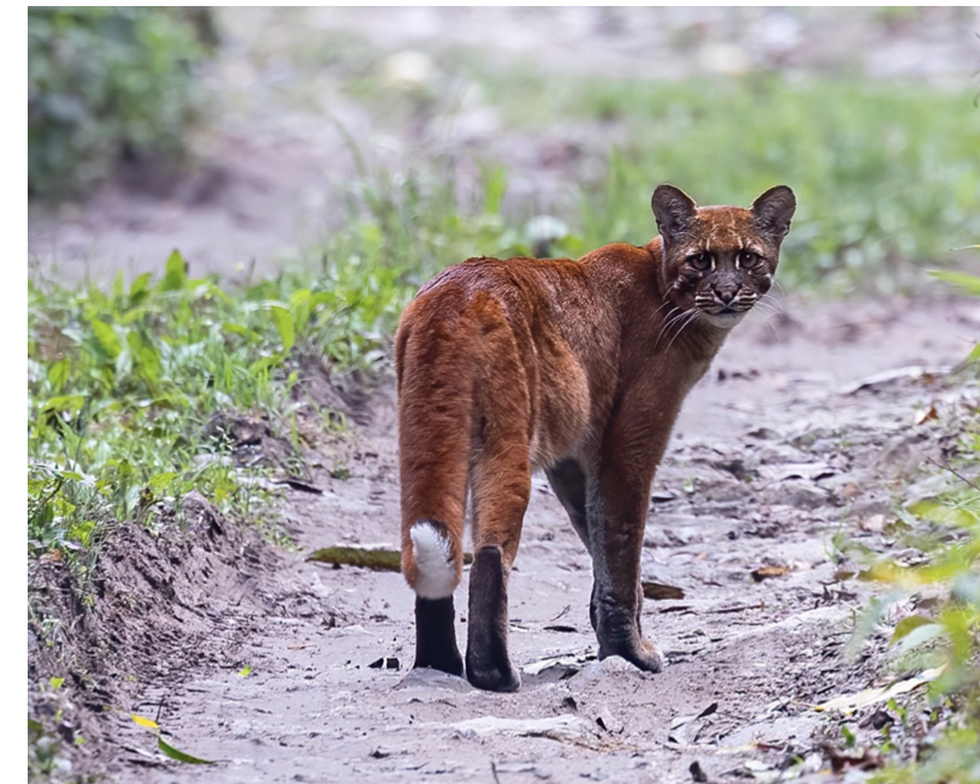
About Asiatic Golden Cat:
- It is a medium sized cat with relatively long legs.
- Other names:They are known as the “fire cat” in Thailand and Burma, and as the “rock cat” in parts of China.
- Appearance: Their fur ranges in color from cinnamon to various shades of brown, and also gray and black (melanistic).
- They are solitary and territorial. Once considered nocturnal, a radio-tracking study showed them to be diurnal and crepuscular.
- These are polygynous (mating with multiple females) with no breeding season.
- Habitat: This cat is known to occur across a wide range of habitats, including dry deciduous forests, subtropical evergreen forests, tropical rainforests, temperate and sub-alpine forests, and at elevations ranging from 0 m to 3,738 m.
- Distribution: The species occurs in Southeast Asia, from Nepal and Tibet to Southern China, Sumatra and India.
- Conservation Status:
- IUCN: Near threatened
- CITES: Appendix I
- Wildlife (Protection) Act of India, 1972: Schedule 1
- Threats: Habitat destruction that follows deforestation, as well as a decreasing numbers of ungulate prey. Another major threat is the illegal wildlife trade.
5. Gram Panchayat-Level Weather Forecasting initiative
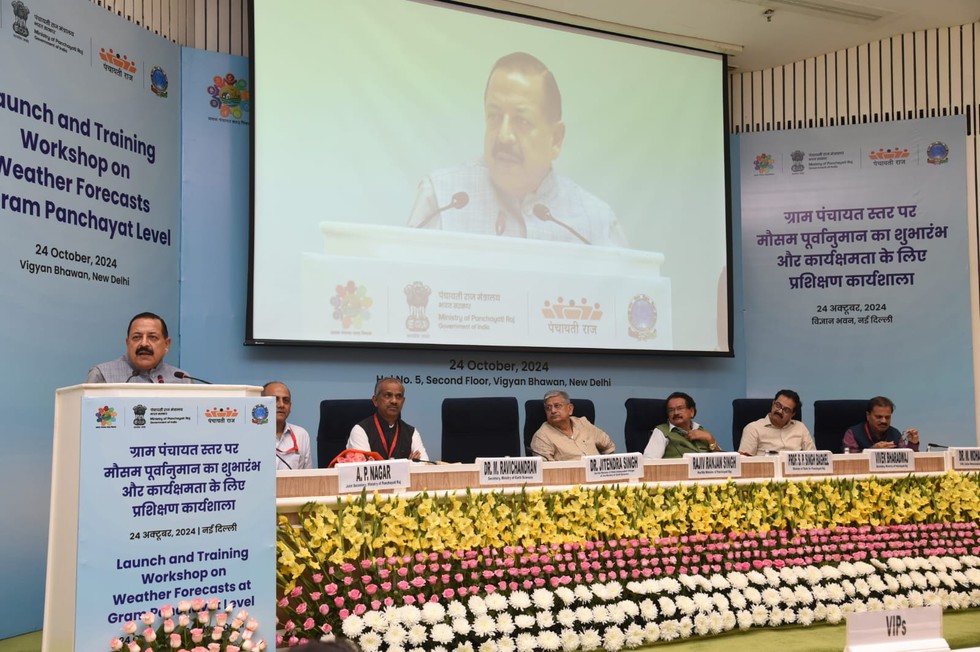
About Gram Panchayat-Level Weather Forecasting initiative:
- The initiative is developed in collaboration between the Ministry of Panchayati Raj (MoPR) and the India Meteorological Department (IMD), Ministry of Earth Sciences (MoES).
- It is aimed at “empowering rural communities and enhancing disaster preparedness at the grassroots, and will benefit farmers and villagers across the country”.
- The initiative will provide Gram Panchayats with a five-day weather forecast and hourly updates, enabling rural communities to better plan agricultural activities and prepare for weather-related risks.
- It will deliver weather updates via e-GramSwaraj, the Meri Panchayat app, and Gram Manchitra portals. e-GramSwaraj is already operational.
- Users can see data on the current temperature, wind speed, cloud cover (in percentage), rainfall, and relative humidity at the level of gram panchayats; five-day forecasts of minimum and maximum temperatures, rainfall, cloud cover, wind direction, and wind speed, and an overall weather forecast.
- Significance: It will “strengthen grassroots governance and promote sustainable agricultural practices, making rural populations more climate-resilient and better equipped to tackle environmental challenges”.
6. EOS-06 and INSAT-3DR Satellites

About EOS-06:
- EOS-06, also known as Oceansat-3, is an Earth Observation Satellite developed by the Indian Space Research Organisation (ISRO).
- It was launched successfully on November 26, 2022, using ISRO’s Polar Satellite Launch Vehicle (PSLV-C54).
- EOS-06 is part of the Oceansat series of satellites, which are designed to monitor and study various aspects of the Earth's oceans and coastal zones.
- The primary objective of EOS-06 is to provide continuity to the services of its predecessors (Oceansat-1 and Oceansat-2) with enhanced payload capabilities to support oceanographic and atmospheric studies.
- This includes applications in ocean surface studies, coastal zone management, and marine weather forecasting.
About INSAT-3DR:
- Launched in September 2016, INSAT-3DR is the successor to INSAT-3D, owned and operated by ISRO (Indian Space Research Organisation).
- It is an advanced meteorological satellite of India configured with an imaging system and an atmospheric sounder.
- The significant improvements incorporated in INSAT-3DR are:
- Imaging in the middle infrared band to provide nighttime pictures of low clouds and fog.
- Imaging in two thermal infrared bands for estimation of Sea Surface Temperature (SST) with better accuracy.
- Higher spatial resolution in the visible and thermal infrared bands.
- INSAT-3DR will provide service continuity to earlier meteorological missions of ISRO and further augment the capability to provide various meteorological as well as search and rescue services.
7. What is an Indian Skimmer?
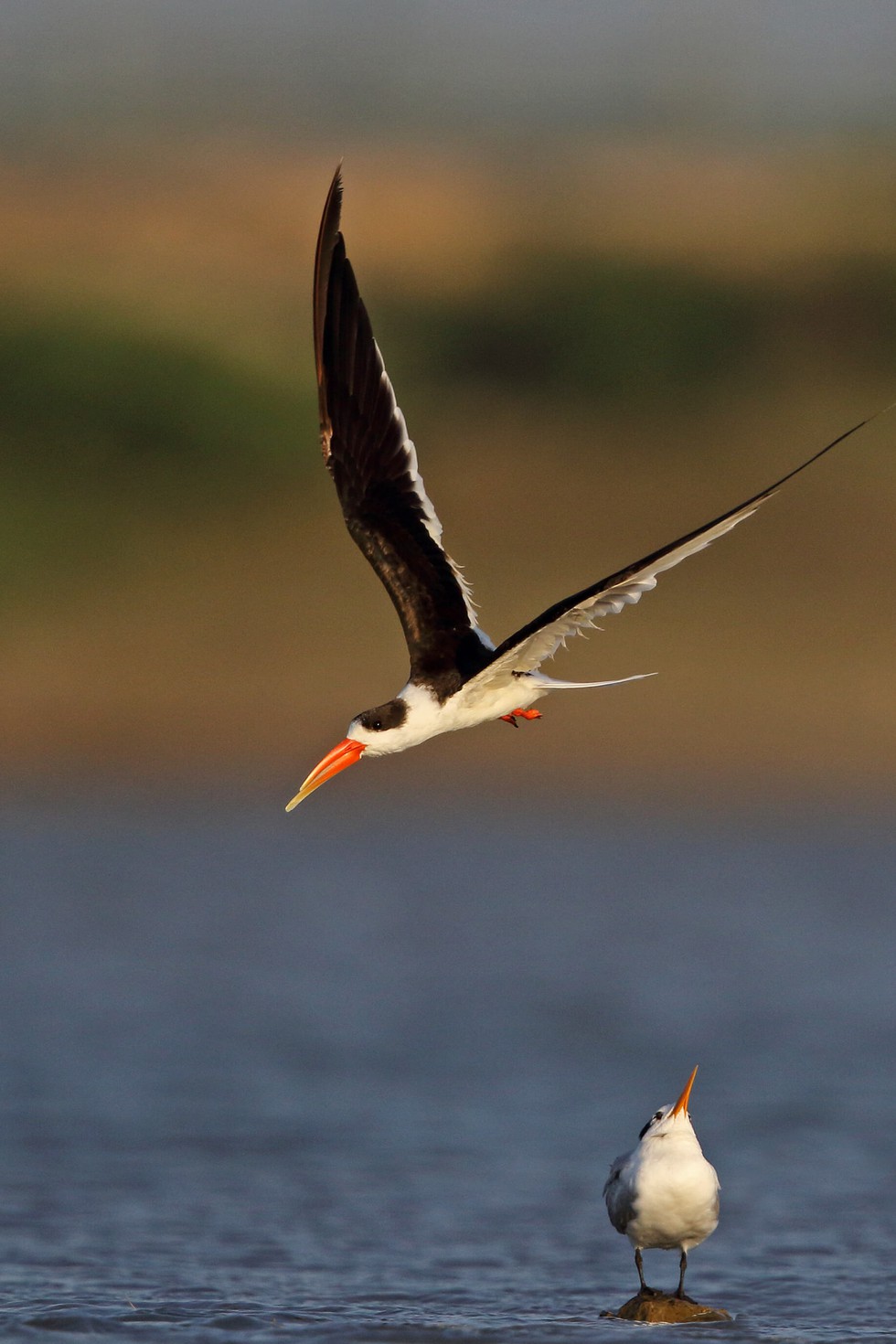
About Indian Skimmer:
- It is one of the three species that belong to the skimmer genus Rynchops in the family Laridae.
- It is native to South Asia.
- It gets its name from the way it feeds, flying low over the water surface and ‘skimming’ for fish.
- Scientific Name: Rynchops albicollis
- Distribution:
- It is mainly found in India, Bangladesh, and Pakistan, with some populations extending to Nepal and Myanmar.
- One of the key areas for spotting Indian Skimmers is the Chambal River, which runs through northern India.
- The population is estimated at 2,450-2,900 mature individuals.
- Habitat: It occurs primarily on larger, sandy, lowland rivers, around lakes and adjacent marshes, and, in the non-breeding season, in estuaries and coasts.
- Features:
- It grows to a length of 40-43 cm.
- The Indian Skimmer has a striking appearance. Its upper body is black, while its underbelly is white.
- The most eye-catching feature is its beak, which is orange with a lower mandible that is much longer than the upper one.
- This special beak helps the bird skim across the surface of the water to catch small fish and aquatic creatures.
- The bird’s wings are long and angular, designed for fast, precise flight.
- Conservation status:
-
- IUCN: Endangered
8. Key Facts about Caspian Sea
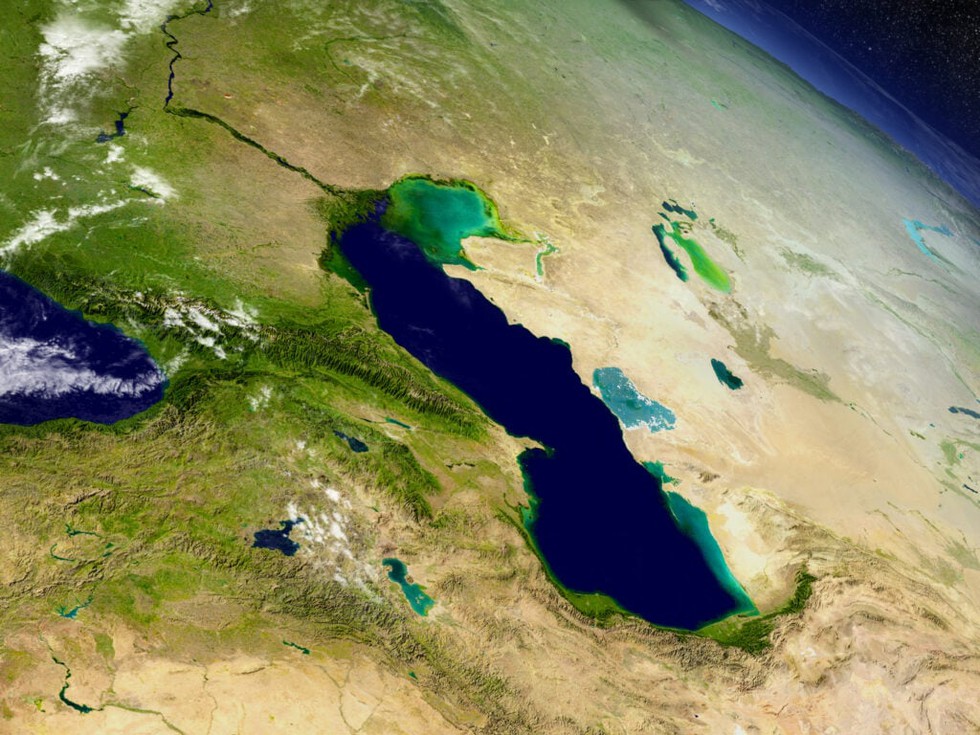
About Caspian Sea:
- It is the world’s largest inland body of water, covering a total surface area of about 386,400 sq.km.
- It is located between Asia and Europe.
- It lies to the east of the Caucasus Mountains and to the west of the vast steppe of Central Asia.
- Bordering countries: It is bordered by Russia and Azerbaijan on the west, Kazakhstan and Turkmenistan on the north and east, and Iran on the south.
- The sea was named for the Kaspi, ancient peoples who once lived on its western shores.
- Formation:
- Going by the definition of a sea, the Caspian Sea is a lake and not a sea,as it is an enclosed water body without any direct outlet to the ocean.
- However, 5.5 million years ago, it was part of the ancient Paratethys Sea (an ancient sea in the Tethys Ocean) and got landlocked as a result of tectonic uplift and sea-level fall.
- Hence, the seafloor of the Caspian Sea is composed of oceanic basalt and not continental granite.
- The composition of the water of the Caspian Sea also varies from almost fresh in the northern parts of the lake to saltier southwards.
- The mean salinity of the Caspian Sea is now about one-third that of the oceans.
- Three major rivers—the Volga, the Ural, and the Terek—empty into the Caspian from the north.
- Baku, the capital of Azerbaijan, is the largest city on the Caspian. Another important city along the Caspian is Iran’s Nowshahr.
- The sea is also known for its abundance of energy resources (oil and natural gas reserves in offshore fields and onshore on the coast of the sea).
- It is the source of most of the world’s caviar.
9. Key Facts about the Indian Council for Cultural Relations (ICCR)?
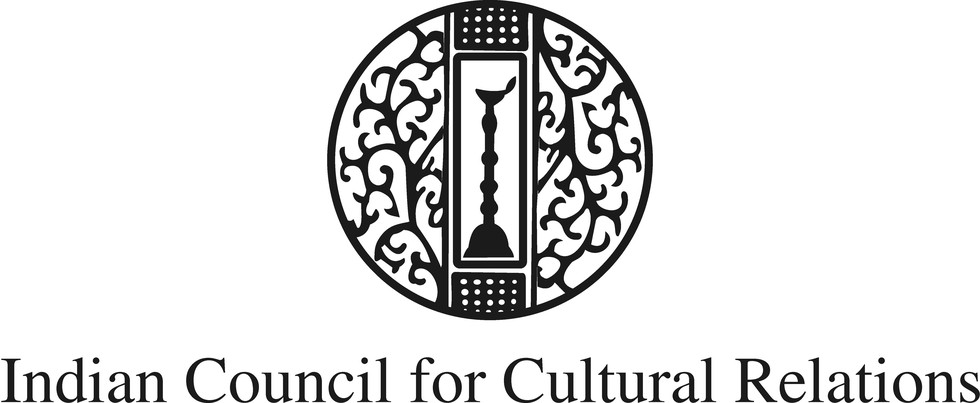
About Indian Council for Cultural Relations (ICCR):
- It is an autonomous body under the Ministry of External Affairs, Government of India, involved in India’s external cultural relations through cultural exchange with other countries and their people.
- It promotes, through its network of cultural centres, Indian culture abroad.
- ICCR was founded in 1950 by Maulana Abul Kalam Azad, independent India’s first Education Minister.
- Objectives:
- to actively participate in the formulation and implementation of policies and programmes pertaining to India’s external cultural relations;
- to foster and strengthen cultural relations and mutual understanding between India and other countries;
- to promote cultural exchanges with other countries and people;
- It administers various scholarship programs annually and awards about 3000+ scholarships under 21 different schemes to foreign students from about 180 countries.
- Amongst these 21 schemes, six are funded by ICCR from its grant, and others are administered on behalf of MEA and the Ministry of Ayush.
- The scholarships offer studies in a variety of courses from undergraduate to postdoctoral level in different leading universities and educational institutions spread all over India.
10. What is Scurvy?

About Scurvy:
- It is a disease caused by a significant lack of vitamin C (ascorbic acid)in the diet.
- Scurvy has been known since ancient Greek and Egyptian times.
- Causes:
- Humans cannot synthesize vitamin C. It needs to come from external food sources, especially fruits and vegetables or fortified foods.
- Thus, scurvy is caused by not eating enough fresh fruits and vegetables.
- Also, cooking destroys some of the vitamin C found in food.
- Symptoms:
- It can include anemia, exhaustion, spontaneous bleeding, limb pain, swelling, and sometimes ulceration of the gums and loss of teeth.
- It can be fatal if left untreated.
- Treatment: It is treatable with oral or intravenous vitamin C supplements.
Importance of Vitamin C:
- It’s responsible for the development, growth, and healing of your skin, bones, and connective tissue.
- In addition, you need vitamin C for your blood vessels to function properly.
- Vitamin C helps maintain your teeth and gums.
- It helps your body absorb iron, which it needs to make red blood cells.
- Vitamin C also helps heal burns and other wounds.
- Vitamin C is an antioxidant, meaning it protects your cells against damage from free radicals.
- Free radicals are byproducts of normal cell activity which participate in chemical reactions within cells. Some of these reactions can cause damage over your lifetime.


























































































































































.png)
.png)
.png)
.png)
.png)


.png)
.png)
.png)





.png)
.png)






.png)
.png)
.png)
.png)
.png)
.png)
.png)
.png)
.png)

.png)







.png)
.png)


.png)
.png)
.png)


.png)

.png)
.png)





.jpg)

.png)
.png)


.png)

.png)
.png)
.png)

.jpg)

.jpg)


.png)

.png)
.png)
.png)
.png)
.png)
.png)
.png)
.png)
.png)
.png)




.png)

.png)





.png)
.png)
.png)
.png)
.png)
.png)
.png)
.png)
.png)
.png)
.jpg)
.jpg)

.png)
.png)
.png)
.png)
.png)
.png)
.png)
.png)
.png)
.png)
.png)
.png)
.png)
.png)
.png)
.png)
.png)
.png)
.png)
.png)
.png)
.png)



.png)
.png)

.jpg)
.jpg)


.jpg)
.jpg)
.jpg)
.jpg)
.jpg)

.jpg)








.jpg)
.jpg)
.jpg)
.jpg)
.jpg)

















.jpg)
.jpg)







.jpg)


















.jpg)
.jpg)






























































































.jpg)
.jpg)


























.jpg)

.jpg)










.jpg)








.jpg)




.jpg)










.jpg)


















.jpg)












































.jpg)














.jpg)
.jpg)
.jpg)





.jpg)

.jpg)
.jpg)





































































.jpg)


































.jpg)
.jpg)
















































.jpg)












.jpg)


.jpg)




.jpg)
.jpg)
.jpg)

.jpg)
.jpg)
.jpg)
.jpg)

.jpg)
.jpg)
.jpg)

.jpg)
.jpg)
.jpg)
.jpg)
.jpg)
.jpg)
.jpg)
.jpg)

.jpg)


.jpg)
.jpg)
.jpg)
.jpg)
.jpg)
.jpg)
.jpg)
.jpg)
.jpg)
.jpg)











.jpg)
.jpg)





.jpg)
.jpg)
.jpg)
























.jpg)
























.jpg)









.jpg)
.jpg)







.jpg)
.jpg)









































.jpg)
.jpg)
.jpg)
.jpg)
.jpg)

.jpg)
.jpg)
.jpg)
.jpg)
.jpg)


.jpg)
.jpg)
.jpg)
.jpg)
.jpg)

.jpg)
.jpg)
.jpg)
.jpg)
.jpg)
.jpg)
.jpg)
.jpg)
.jpg)
.jpg)
.png)

.png)
.png)

.png)
.png)
.png)
.png)


.jpg)
.jpg)

.jpg)
.jpg)
.jpg)

.png)
.png)
.png)
.png)
.png)
.png)
.png)

.png)
.png)
.png)
.png)
.png)
.png)
.png)
.png)
.png)
.png)





































































-min.png)



.png)




.png)








































